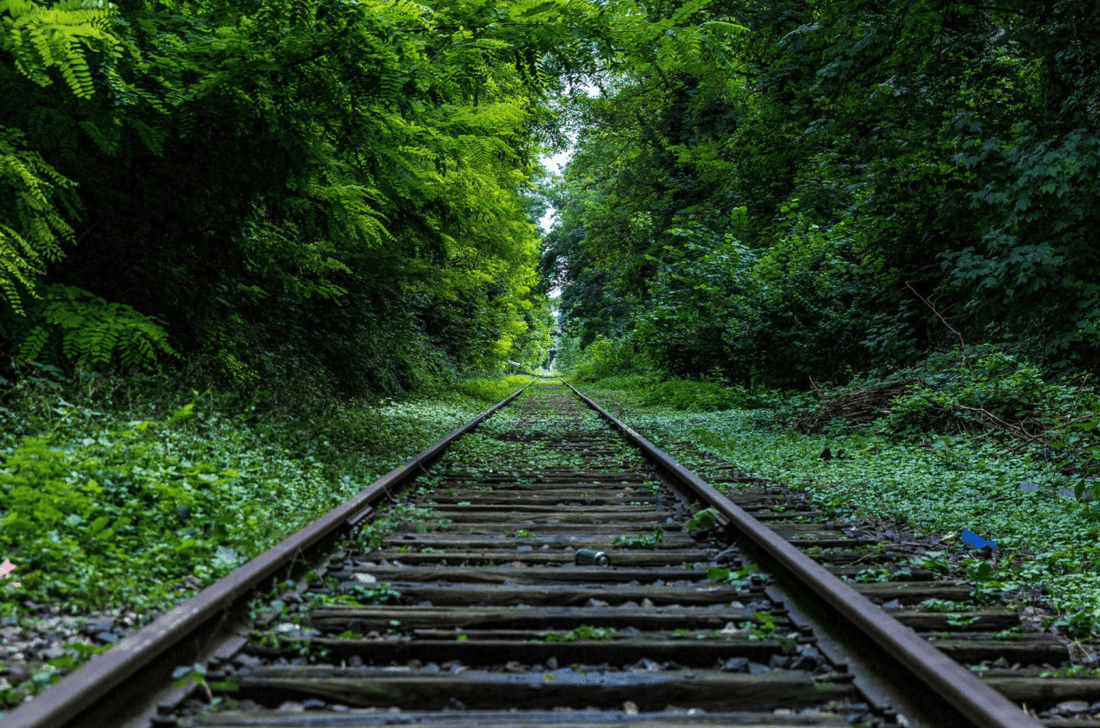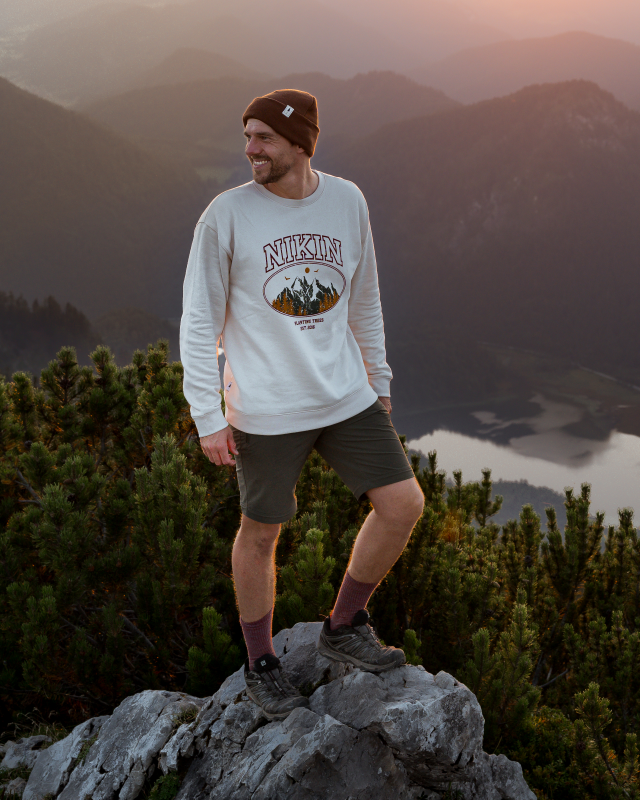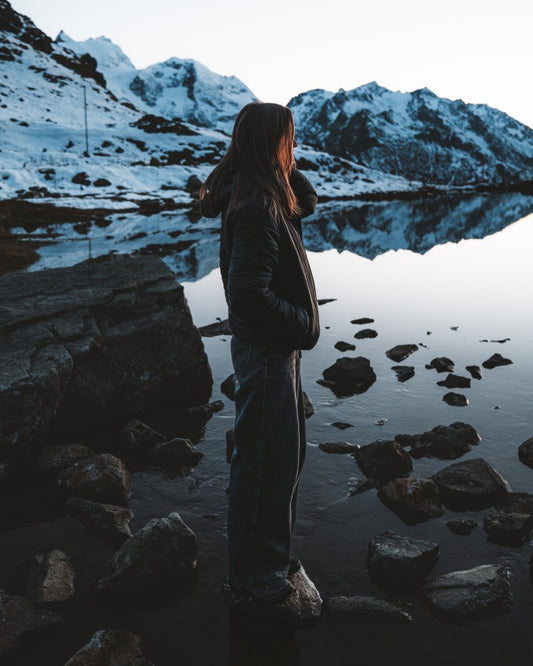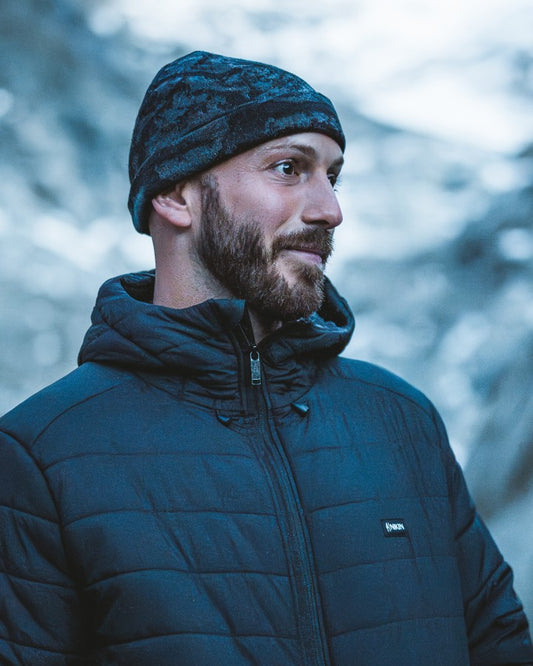In view of climate change, natural disasters, wars and overpopulation, one can occasionally get to thinking. Is the "human model" a discontinued model? A few thought experiments on an interesting topic...
We humans, as we are today, are merely the end product of a long evolution. Before "Homo sapiens" (the "knowing" human being, who is probably not so knowing at all), there were early humans who paved the way for us.
Where do we even come from?
Our earliest ancestors came from Africa - the link between humans and apes was probably the Australopithecus, which, however, was more similar to apes than to modern humans. Our more human-like ancestors come from the Afar Rift Valley in Ethiopia. They were first clearly identified thanks to the fossil "Lucy", a woman who probably walked upright. From Africa, Lucy's descendants colonized the whole world. Homo erectus or "upright walking man" conquered Asia, where he probably met other early human species, which soon died out. Neanderthals arrived in Europe. And Cro-Magnon man.

Different stages on the way to today's Homo Sapiens
From Homo erectus onwards, the process of becoming human took place. Homo neandertalensis or Neanderthal man, so named after the finds from the Neander Valley near Düsseldorf in Germany, was particularly impressive. Neanderthals were ideally adapted to the cold climate of the interglacial period, during which they colonized Europe, due to their stocky physique. They were displaced by Cro Magnon man, the forerunners of today's Homo sapiens, who were already very similar to us. However, Neanderthals are not completely extinct. Most of us carry his genetic material, as the human races have certainly interbred.
Homo sapiens - and the environment
With Homo sapiens, a type of human arrived in the world that created culture on a grand scale for the first time. Cave paintings, small ivory sculptures and carvings take us into the world of these early humans. At first they colonized caves, like the Neanderthals. But they soon began to build houses, settle down and farm. This marked the beginning of an encroachment on nature with which they had previously coexisted.
Forests were cleared to make way for fields. Formerly wild animals were domesticated and modified through targeted breeding. The extraction of natural resources began - initially on a very small scale, of course, and then more and more intensively as the human population spread. The industrial exploitation of nature and wildlife by an over-exuberant human race is the final consequence of this development
[ product-handles list="treeshopper-single, treevase, folded-polylana-r-ripped1, treebottle-glass-nikin-swim, treesweater-basic-unisex, treetowel-beach-allover"]
What would the world look like if humans had never existed?
Science has already played out how we can imagine a world without humans. In the northern hemisphere, it would probably be densely forested. In Roman times, it was still possible to cross Germany under the shade of trees.
Even more serious, however, would be that the animals we know today as steppe or mountain dwellers would also live uninhibitedly and without shyness in the lowlands and woodlands. Bears, wolves and lynxes would feel at home throughout Europe, and nocturnal animals such as red deer would never have abandoned their habit of grazing in the sunlight if they had never been hunted. The ancient American horse and possibly also the American camel would not have become extinct, and African wild animals would never have retreated to the savannahs.
What if humans were to disappear from one day to the next?
The US researcher Alan Weisman has also asked himself this question. In his book "The World Without Us", he imagines an Earth on which, from one day to the next, there is not a single human being left. Weisman states that once we are gone, the planet will recover quickly. Nature will green up again where man has caused deforestation. No more pollutants and emissions, no more light pollution.
Weisman focuses primarily on zones that humans have deliberately abandoned - such as the protected zone around Chernobyl. Here you can see how quickly the self-healing powers of nature go to work. Numerous animal species would recover quickly - according to Weisman, one billion birds alone would remain alive if they no longer fell victim to high-voltage power lines, wind turbines or urban light pollution. Others, however, would have to go: these include cultural successors such as lice, but also rats.
Our cities would probably be overgrown again within twenty or thirty years, settlements near the coast would be washed away by the sea, buildings would begin to crumble and collapse. The only thing that would remain of us would be the pollutants. Radioactivity, the lead content in the soil, the CO² levels in the air - it would take much longer to clean up our legacy! However, Weisman's conclusion is that we don't necessarily have to disappear completely. A more conscious approach to our wonderful planet would be enough to preserve it for future generations.




















